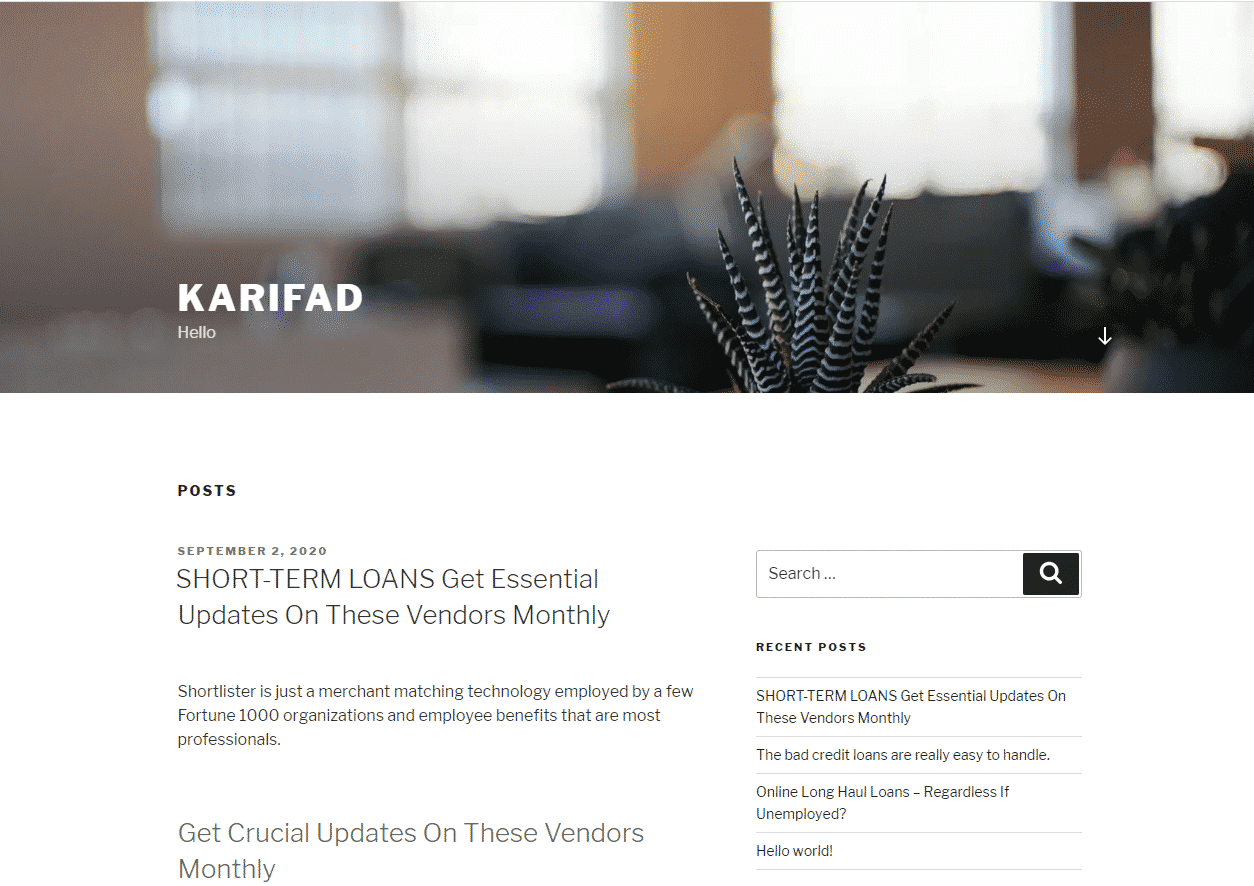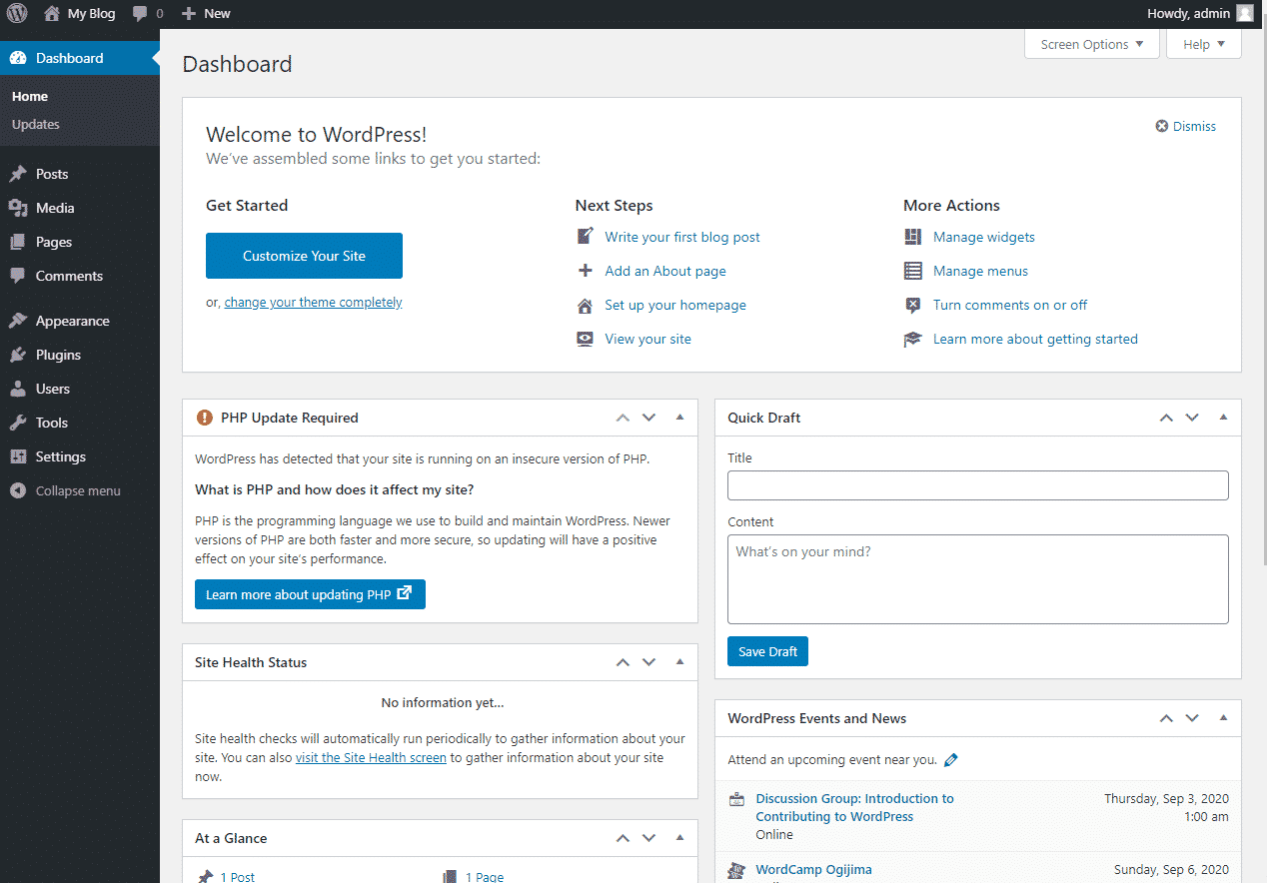Railgun speeds up the connection between each Cloudflare data center and an origin server, ensuring that requests not served from the Cloudflare cache are still delivered quickly.
Approximately two-thirds of requests to websites on Cloudflare are served directly from cache by the data center physically closest to the user browsing the web. Since Cloudflare has data centers around the world, this means that whether you're in Bangalore, Brisbane, Birmingham, or Boston, web pages are delivered quickly even if the actual, original web server is thousands of miles away.
Approximately two-thirds of requests to websites on Cloudflare are served directly from cache by the data center physically closest to the user browsing the web. Since Cloudflare has data centers around the world, this means that whether you're in Bangalore, Brisbane, Birmingham, or Boston, web pages are delivered quickly even if the actual, original web server is thousands of miles away.
However, the other 1/3 of the requests made to Cloudflare must be sent to the Origin server for processing. This is because many web pages cannot be cached. The reason for this could be incorrect configuration or, more commonly, the web page frequently changing or being personalized.
For example, caching the homepage of the New York Times for any period of time is difficult because the news changes and staying up-to-date is crucial for their business. And on a personalized website like Facebook, even though the URL is the same for different users, each user sees a different page.
Railgun uses a range of techniques to accelerate and cache these web pages that were previously uncachable, ensuring that even when a request to the origin server is needed, the web pages are delivered quickly. This works even for rapidly changing pages like news sites or personalized content.
Cloudflare research has shown that although many sites cannot be cached, they actually change very slowly. For example, the New York Times homepage changes throughout the day as news is written, but the standard HTML of the page mostly remains the same, and many of the news stories stay on the front page all day.
For personalized sites, the common HTML is the same only when small pieces of content (such as a person's Twitter timeline or Facebook news feed) change. This means that if the unchanging parts of a page can be detected and only the differences are transmitted, there is a great opportunity to compress web pages for transfer.




